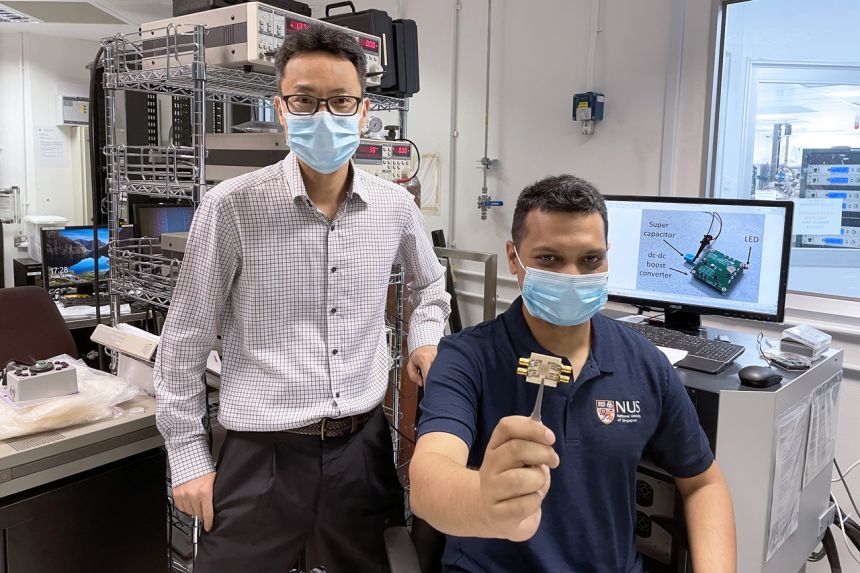
- ARAB NEWS
- 02 Jul 2025

Arab News Japan
DUBAI: A team of researchers from Japan and Singapore found a way to use small devices that will help convert Wi-Fi signals into electricity that could charge a smartwatch or medical implant wirelessly.
The breakthrough research was published last week in the Nature Communications scientific journal. The team said this discovery could eventually help wirelessly charge medical devices and consumer electronic equipment.
The research showed that using Wi-Fi signals to power devices could very well be possible so long as they are within a 100m range of the waves.
Much of the team comes from a medical background and they found that this breakthrough could save a lot of time, especially when it comes to medical equipment. Wirelessly charging a medical device saves doctors, hospitals and patients the time and effort that goes into replacing a medical implant’s battery through surgery.
Professor Yang Hyunsoo, one of the researchers involved from the National University of Singapore’s (NUS) department of electrical and computer engineering, said many people were asking questions about this research.
“We are surrounded by Wi-Fi signals but when we are not using them to access the Internet, they are inactive. And this is a huge waste,” Hyunsoo said. “Our latest result is a step towards turning readily available [Wi-Fi signals] into a green source of energy, hence reducing the need for batteries to power electronics that we use regularly.”
The research, conducted by a team of eight from NUS and Japan’s Tohoku University, took about three years and cost ¥109 million yen (or $1 million USD.)
In order to harvest the Wi-Fi signals, the researchers created small devices called spin-torque oscillators used in wireless communication systems. Hyunsoo said it may be possible to fit one billion to 10 billion of small oscillators into a 1cm square chip.
The oscillators can convert electricity into Wi-Fi signals, and can do the reverse, which is what the team researched. The team developed an array containing eight oscillators arranged in an optimal way, so that when exposed to Wi-Fi signals, the array was able to charge another device for five seconds to power a 1.6 volt LED for a minute.
They are currently looking at improving the technology and plan to test it for charging electronic devices and sensors.